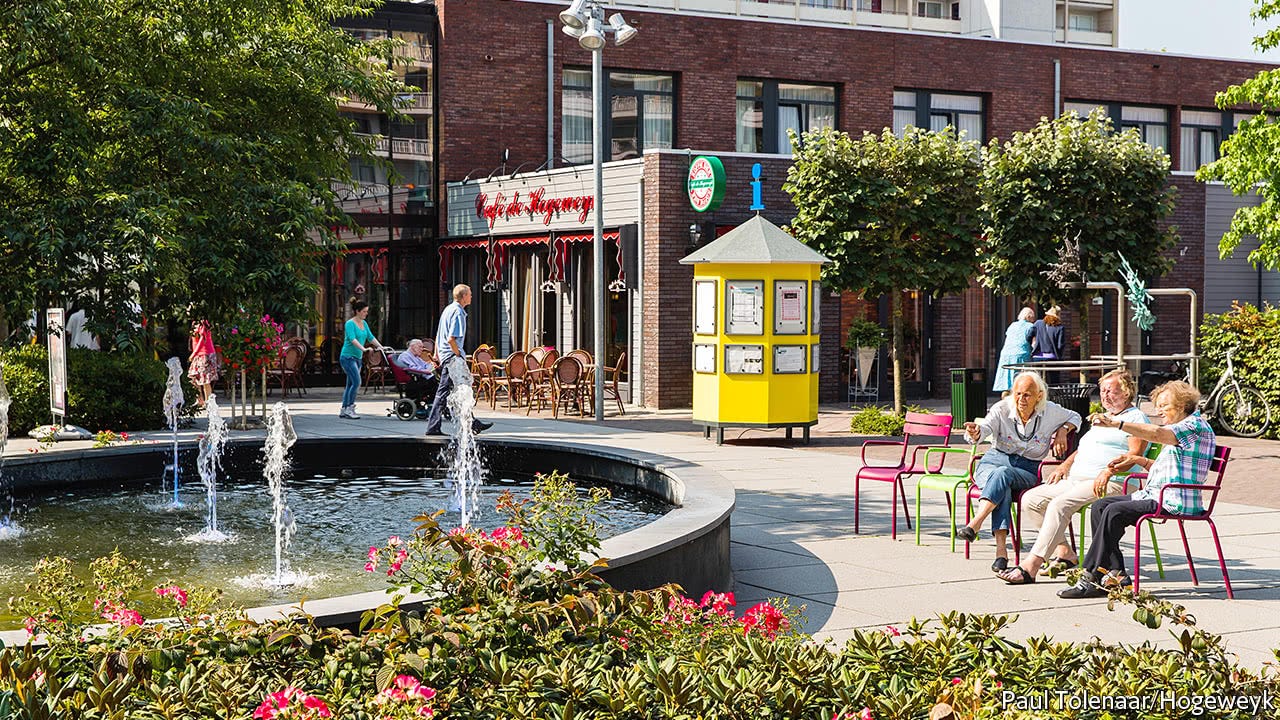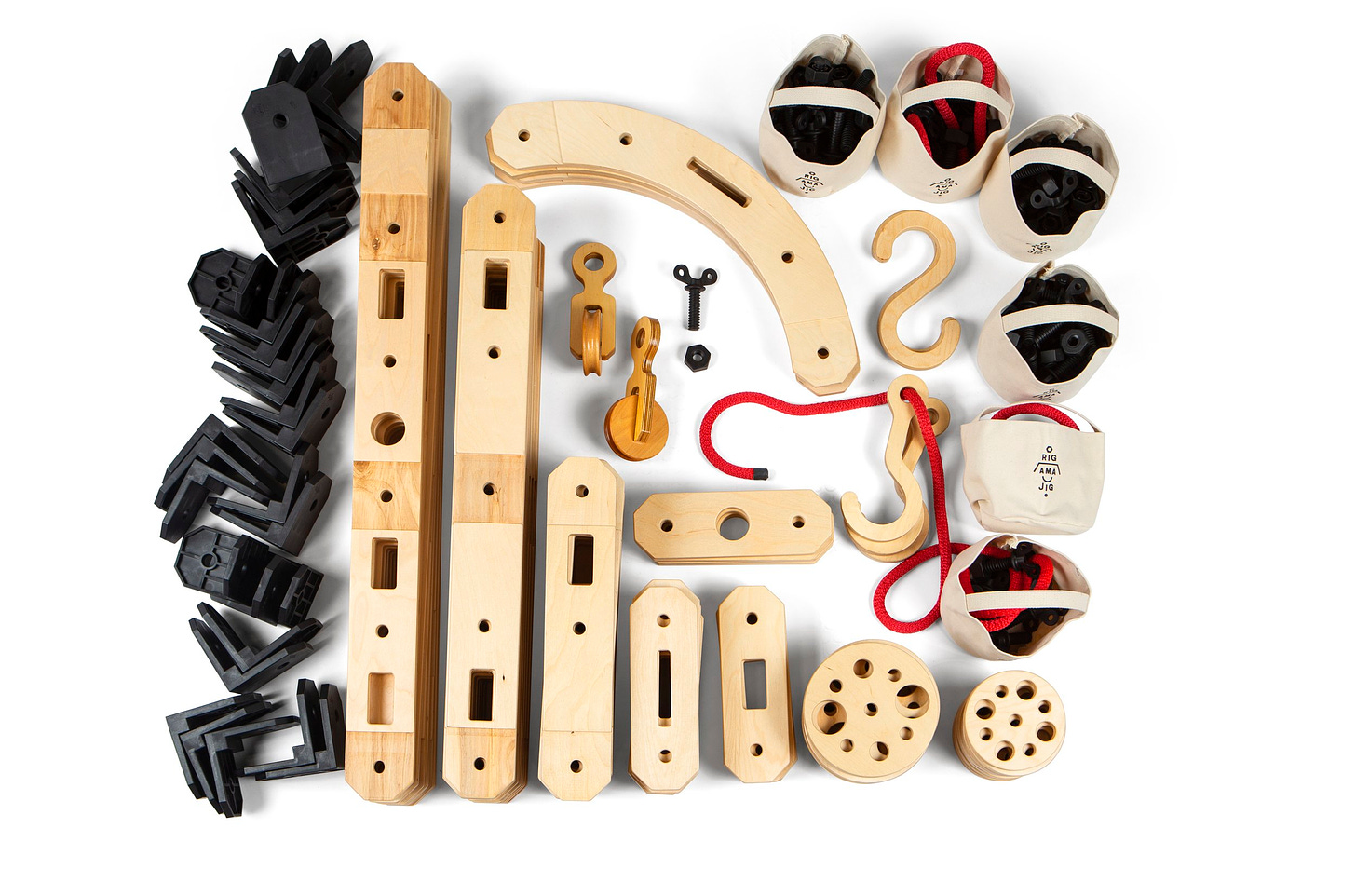The Dallas-based urban design group Better Block says it very plainly: they try to help people improve cities by not over-thinking every decision. They do the substantial physical work to pose a temporary but true-to-scale possible future for a city street, like this one—a plausible new arrangement set up for a weekend or so, in the hopes of helping people see an idea come to life, the better to judge its merits. It’s the commitment of a three-dimensional sketch, with a piano and furniture and semi-mature trees, but with the provisionality of impermanence. An idea brought to tangible life, and yet reversible.
When any group of neighbors wants to discuss their local streetscape, there’s an almost fore-ordained set of dynamics: a group that’s excited about change, a group that’s resistant to change, and a mix of folks in the middle. It’s the predictable way possibilities get tied up in committees for years on end. You need champions of as-yet-unseen futures, and you need the cautious voices raising possible harms. But debating everything in the abstract is often a losing proposition, if only because of the telephone-game of communication: What are we actually talking about? What would this idea look and sound and feel like?
Better Block understands that design gets its life from daring to commit—to place some objects in public space, to fill the void of a blank script—while also cultivating an open-handed process. The best design runs modest pilot projects in order to learn: pilot projects that take up real space and time with objects and policies, but with enough lightweight constituent parts and contained timing to avoid the roughshod mistakes of top-down plans.
Commitment and provisionality are key to design process, but they can also be strong features of a design in its final state—artifacts or environments where questions are part of the deliverable. Like Cas Holman’s Rigamajig:
The Rigamajig is a kit of parts for children to make things: like a Lego-style set of simple machines. Pulleys, hooks, fasteners, and gears, all with the weight and quality of serious machinery, and big enough pieces for small hands to manipulate.

Kids know when a toy is a tepid simulacrum of something in the real world. Rigamajig has authentic heavy mechanics; it also has the pale unfinished wood and legible joinery that signal a world under construction.

Commitment and provisionality: it’s hard to get these two to play together as equally strong values. Most new designers and engineers err on one side or the other. The multi-purpose room in a church basement is left so stark as an envelope—rectangular pattern of walls, windows, some cafeteria tables and cheap folding chairs—that the provisionality of “it could be used for anything” is a recipe for uninspired blandness, ending up in under-use altogether. Or instead: the app with all its features frontloaded in early commitment, only “user tested” in the very end stages, and therefore overdetermining the means to engage.
Speaking of the multi-purpose room: This is the standard space you’ll find in residences for older adults—the big box where you have, say, yoga in the morning and a lecture in the afternoon.

In my book I take the reader to De Hogeweyk, a pioneering center for memory care in Weesp, the Netherlands. They redesigned their space nearly two decades ago, following from a principle of “favorable surroundings.” De Hogeweyk embodies the commitment of place-ful-ness throughout its campus:

It’s a locked facility that opens to a village: plaza and miniature streets, plus spaces that are vividly specific. A barber shop, music room, gym, theater, grocery store.

Strong commitment in design is good for dementia, where challenges in memory about time are frequently attended by confusion about space—where I am now, where I was before, where I’m headed next. Memory care facilities that use architecture well depend much less on anti-anxiety drugs for their patients compared to control cases. It’s architecture as mitigation, even treatment. Strong commitments and specificity instead of the good intentions in “multi use.”
But the highlight of De Hogeweyk is its clever delivery of the provisional, too. The Cafe de Hogeweyk is a semi-private, semi-public restaurant on its campus. You can eat there as a local with no connections to the resident adults. Everyone in the space—staff, residents, caregivers, and the general public—agree to be together in ways that might look unusual socially. Residents may wander in, confused; they may speak in non sequiturs. But the restaurant’s safe and secure conviviality keeps those residents from being fully out of the public eye. Picture the aerial blueprint of this space with dotted lines around its perimeter: humane provisionality for the care of vulnerable elders.

******************
Thanks for reading.
Short: Thoughts on accounting for suffering, the miracle of birthing, and ideas for remaking an engineering school.
Long: I’ve got some new writing coming out this year—an essay in Elizabeth Guffey’s collection called After Universal Design, a book review in Landscape Architecture magazine, and an essay and project in a kind of festschrift for my mentor from Harvard, Krzysztof Wodiczko—more to come on that, and more besides. I’ll update here as those come out.
In fall 2023, I’m starting a new job at Northeastern University here in Boston! My post will be half in Architecture and half in Art + Design. I’m leaving Olin after nine great years, and I’ll be glad to stay nearby. This summer, meanwhile, I’ll be giving talks at the Institute for Theology and Disability at Baylor, and the Future of Design in Higher Education conference at MIT.
I’m trying out micro.blog, too, if you’re there and want to connect, and I still post a few things on LinkedIn, which is exactly as clunky and boring as a professional social network should be.






Your new roles sound exciting. Congratulations!
Love this tension between commitment and provisionality. Congrats on the new gig!